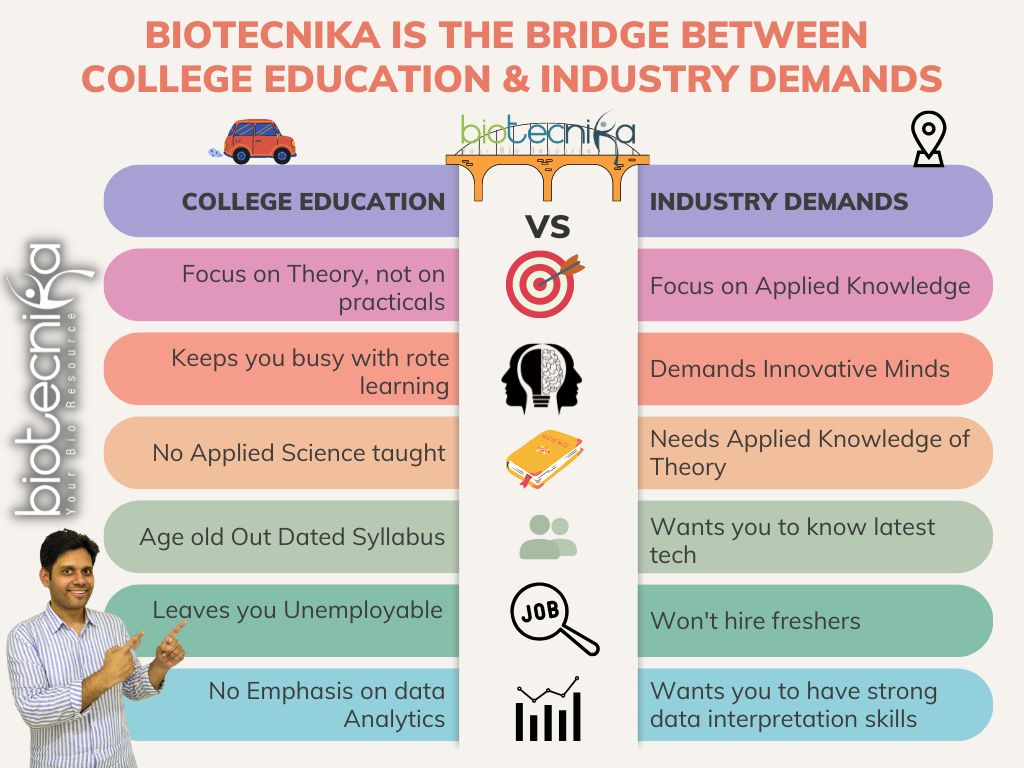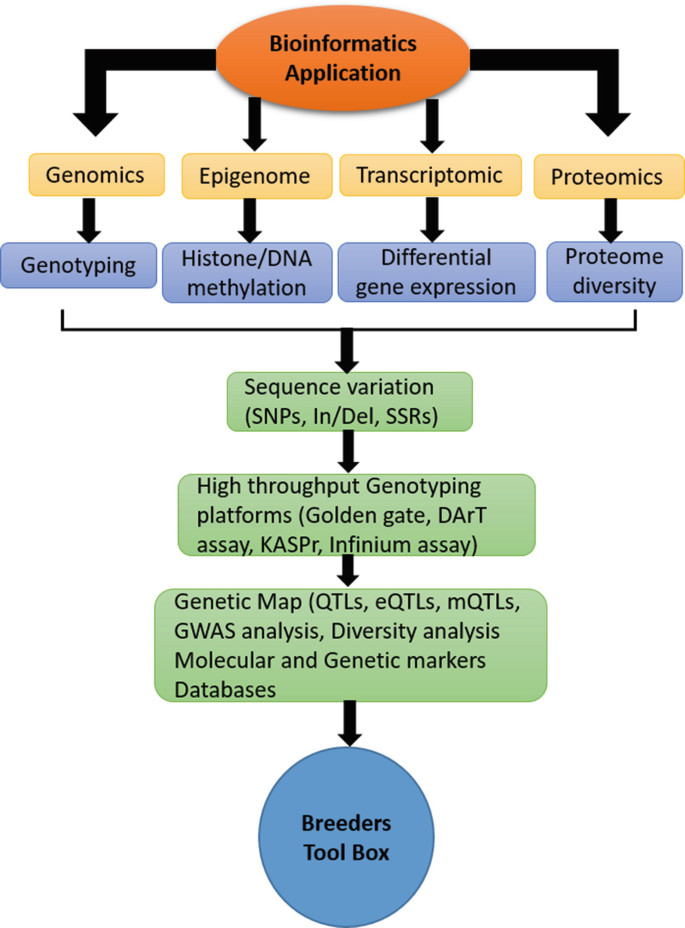The Bioinformatics Tutor Statements
The Bioinformatics Tutor Statements
Blog Article
Little Known Facts About Bioinformatics Tutor.
Table of ContentsThe Ultimate Guide To Bioinformatics TutorThe Facts About Bioinformatics Tutor RevealedThe Best Guide To Bioinformatics Tutor5 Simple Techniques For Bioinformatics TutorThe Basic Principles Of Bioinformatics Tutor
Of the total individuals included in the training, 80% were pupils from public college establishments, while the remaining 20% originated from personal organizations. To receive a certificate of participation, trainees were called for to participate in at the very least 90% of the complete training hours. As a result of this demand, an outstanding 95% of the individuals successfully obtained their certifications, having not just met the minimum participation requirements but likewise finished all appointed activities throughout the training.
Throughout the height of the COVID-19 pandemic, particularly between June and August 2020, the task group was tasked with organizing specialized training in bioinformatics. This training was specifically aimed at pupils from the study team Core for Research in Applied Computer at the Federal College of Pará (UFRA) The adjustment to remote discovering platforms due to the pandemic produced a possibility to discover brand-new teaching techniques and electronic tools that enhanced both reach and efficiency.
To reply to the growing need in the computing and life sciences fields, a sophisticated program was presented in 2020 titled Intro to Machine Understanding. This course was developed to supply an available yet thorough review of Expert system methods, particularly as applied in bioinformatics. The program was accomplished over three months, from October to December 2020, and was provided completely online through the Google Meet platform. This digital format enabled participation from students throughout Brazil, several of whom could not have had the possibility to participate in in-person sessions.
Getting The Bioinformatics Tutor To Work
A noteworthy function of this program was its emphasis on hands-on discovering. About 50% of the complete training hours were devoted to practical activities where pupils developed smart versions and applications in a variety of scientific domains, consisting of genes, molecular biology, and ecological data analysis. Extensively utilized tools and frameworks such as Spyder, Google Colab, Jupyter Notebooks, and Orange were integrated into the coursework. These systems allowed trainees to take part in real-time data adjustment, version training, and formula trial and error.
Sixty of them were connected with various higher education and learning establishments in the state of Pará, while the continuing to be twenty came from institutions located in five other Brazilian states. By introducing Artificial Knowledge in a sensible and pertinent context, the campaign offered to link the space in between theory and real-world application, offering trainees with a strong foundation for future study or work in the area.
The view training campaign developed component of a broader scholastic outreach initiative called the Bioinformatics on the Roadway project. This job has, over the years, presented loads of students to the world of bioinformatics and computational biology. The events held under this umbrella effort have actually happened throughout multiple areas and years, as summed up in Table 1 (List of occasions, locations, years, and total numbers of pupils and instructors)
Among one of the most amazing end results of the Bioinformatics when driving effort has actually been its contribution to the growth of decentralized study groups. Several of these groups, originally combined by their participation in training occasions, have considering that taken place to generate independent scientific research study in collaboration with local scholastic institutions. The training not just fostered clinical reasoning within the context of bioinformatics but additionally triggered collective connections that extended beyond the training environment. These partnerships have actually led to increased local scientific efficiency and added meaningfully to the growth of the more comprehensive bioinformatics area in Brazil.
What Does Bioinformatics Tutor Do?
The very same group, excluding IH and RR, additionally acted as tutors for the useful training modules. Funding for the task was offered through the give 88887.200562/ 2018-00 from CAPES.
The Federal College of Pará's Workplace of Research (PROPESP/UFPA) also provided financial backing, specifically for the manufacturing of the last manuscript. The authors declare no financial or commercial disputes of passion that could have influenced the research. Furthermore, all analyses and viewpoints expressed in this post are solely those of the writers and do not necessarily reflect those of their respective institutions, the Read Full Article author, editors, or reviewers entailed in the magazine procedure.

The Single Strategy To Use For Bioinformatics Tutor
From an instructional perspective, the mentor method used in the training was intentionally interactive. Courses were performed in a fashion that urged trainee involvement and discussion, going past memorizing memorization to discover just how ideas are established, applied in life, and tested in scholastic setups. The instructional approach concentrated on supporting both strong and struggling students, providing individualized assistance, and building confidence via continual mentorship and patience.

Each group, containing approximately 36 individuals, was supported by 3 mentors-- a lot of whom were postdoctoral scientists with specific expertise. These mentors not just helped develop the group projects but also promoted their implementation, ensuring that each research question was both relevant and properly tough. The objective was to supply a biologically sensible context that individuals might explore with open-ended purposes and access to curated datasets.
For extra understandings into the approach and results of this project-based learning method, viewers are directed to S1 Text, that includes detailed summaries of the instructional structure, assessment approaches, and task themes utilized in more info here the training sessions.
Things about Bioinformatics Tutor
Of the total participants entailed in the training, 80% were pupils from public higher education and learning establishments, while the remaining 20% came from private establishments. To qualify for a certification of involvement, pupils were called for to attend at least 90% of the total training hours. Significantly, beyond the trainees who registered in the training sessions, 7 skilled instructors got involved in supplying the courses, while three devoted research professors worked with the total training procedure. Around 50% of the complete training hours were committed to useful tasks where students constructed smart designs and applications in a variety of clinical domain names, including genetics, molecular biology, and environmental information evaluation. The training not just fostered scientific reasoning within the context of bioinformatics yet likewise sparked joint relationships that expanded past the training atmosphere.
Report this page